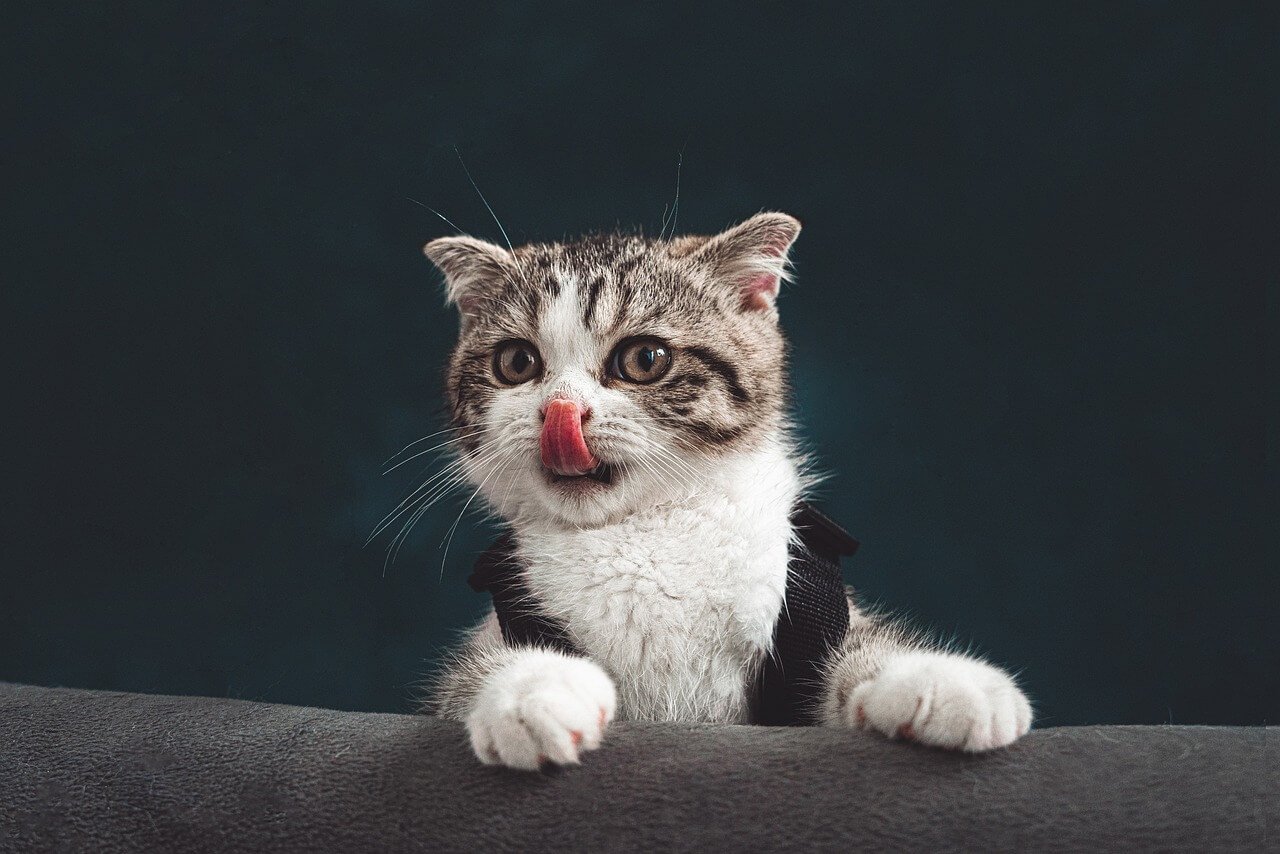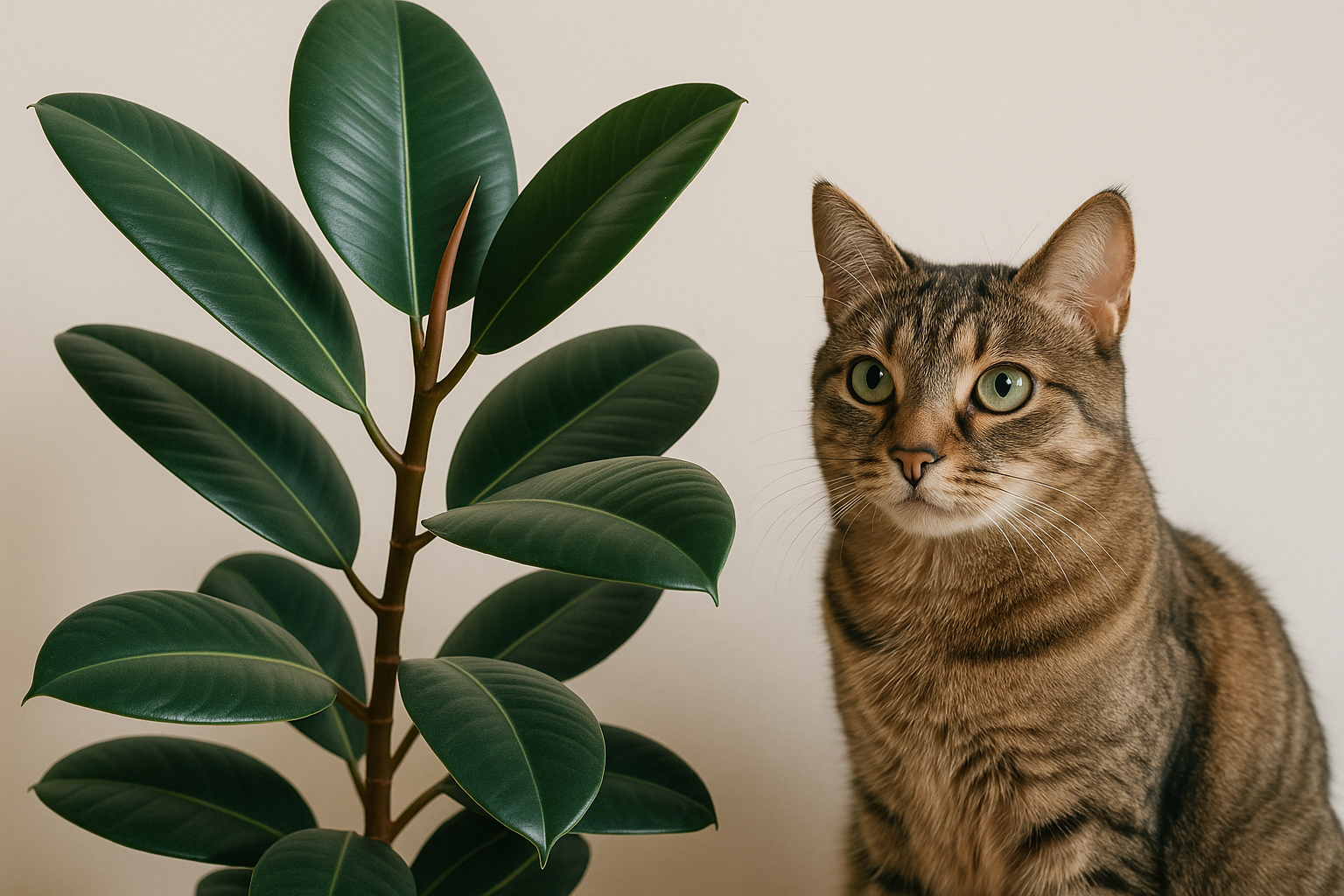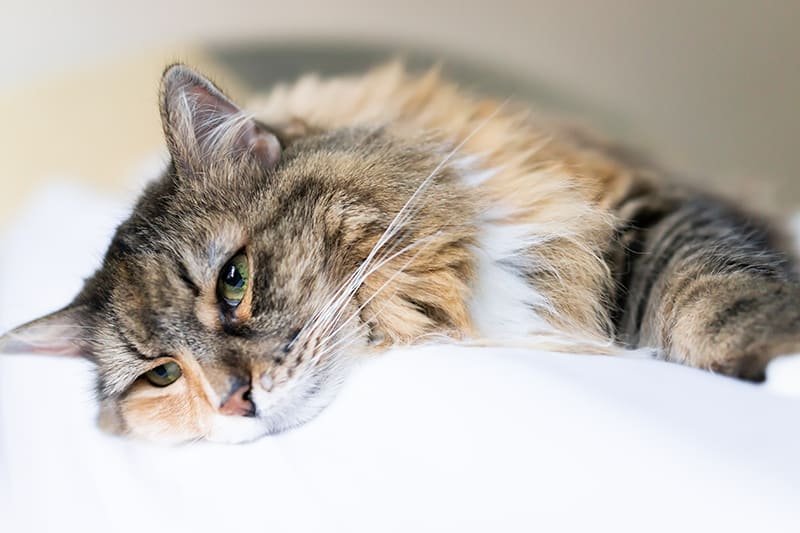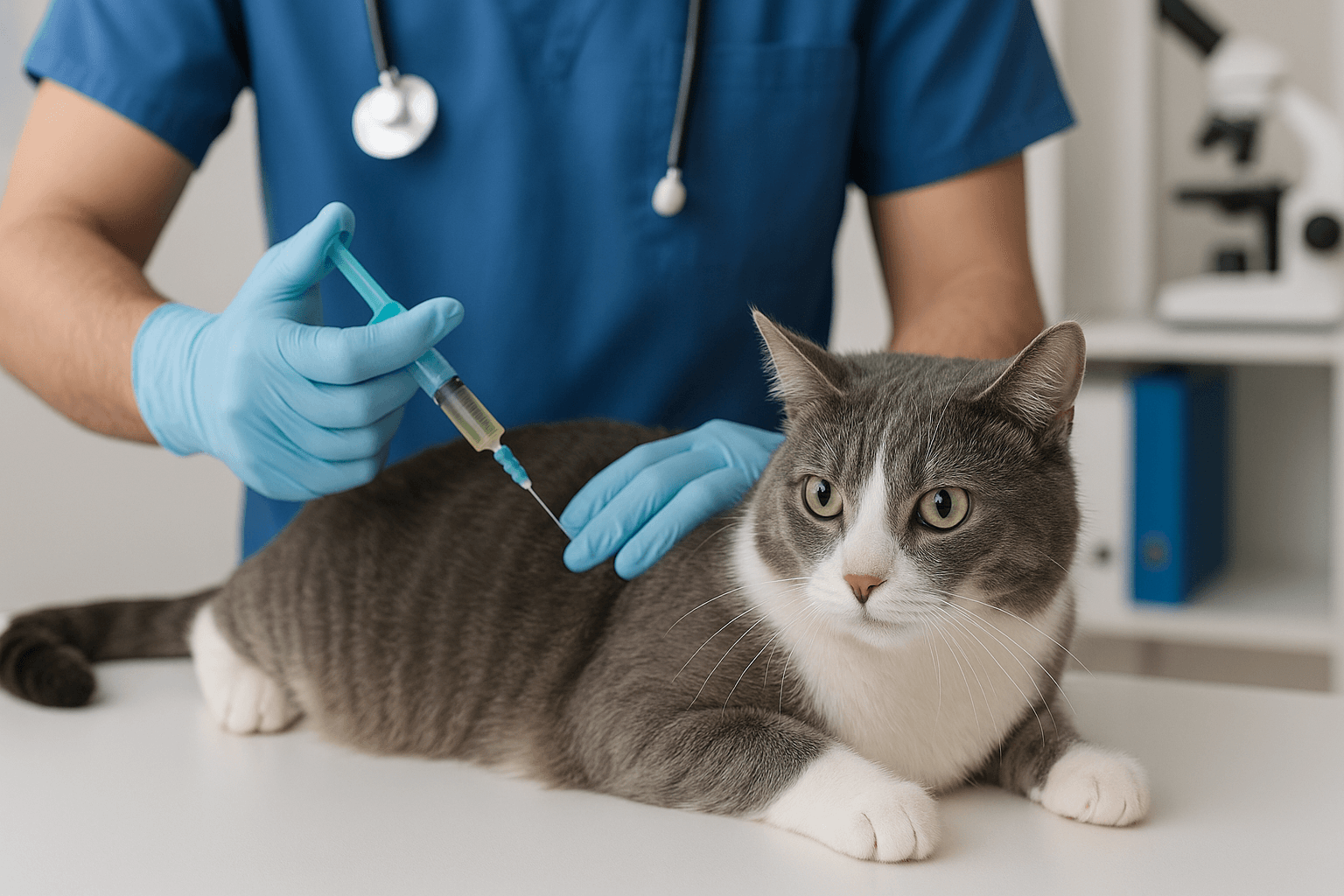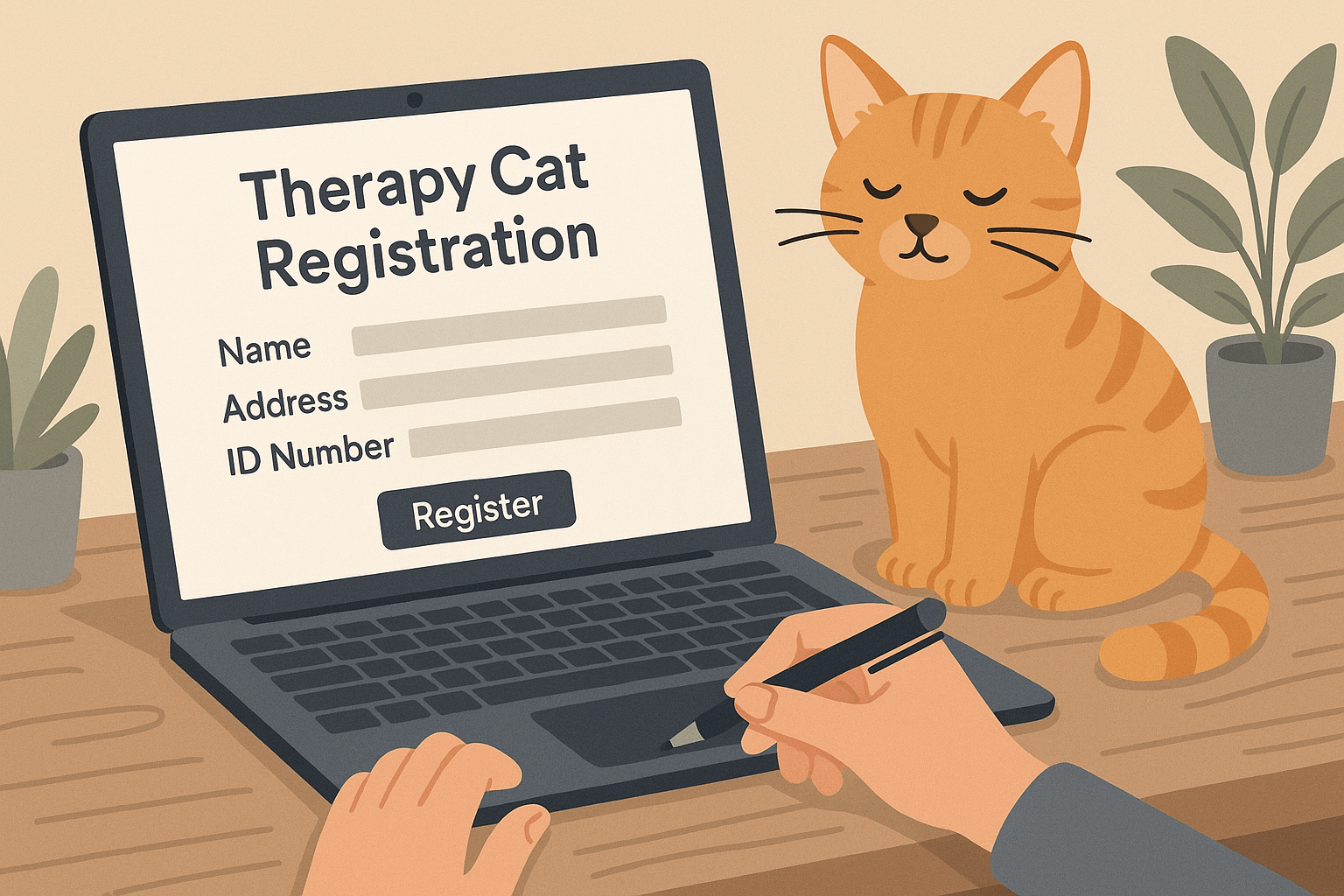Why Does My Cat Sneeze So Much? Uncovering the Reasons Behind the Sneezes
If your cat has been sneezing more than usual, you might be wondering what’s causing it and whether you should be concerned. While an occasional sneeze is usually harmless, frequent sneezing can indicate underlying issues that need attention. Cats rely on their keen sense of smell and respiratory health to navigate their world, so any disruption in their breathing patterns is worth investigating. In this blog post, we’ll explore the common reasons why cats sneeze, how to identify potential problems, and what steps you can take to help your feline friend feel better. Let’s dive into the details and ensure your cat stays happy and healthy.
Common Causes of Frequent Sneezing in Cats
Cats sneeze for a variety of reasons, ranging from minor irritants to more serious health concerns. Understanding these causes can help you determine whether your cat’s sneezing is a temporary issue or something that requires veterinary attention. Here are some of the most common reasons:
Allergies
Just like humans, cats can develop allergies to pollen, dust, mold, or household chemicals, triggering sneezing fits.Upper Respiratory Infections
Viruses like feline herpesvirus or calicivirus often cause sneezing, along with other symptoms like nasal discharge or eye irritation.Foreign Objects
Small particles like grass, hair, or dirt can get lodged in your cat’s nasal passages, leading to persistent sneezing.Dental Issues
Infections or abscesses in the teeth or gums can affect the sinuses, causing sneezing as a secondary symptom.Environmental Irritants
Strong odors from cleaning products, perfumes, or cigarette smoke can irritate your cat’s sensitive nasal passages.
While occasional sneezing may not be alarming, frequent or persistent sneezing should prompt further investigation to rule out serious conditions.
Symptoms That Accompany Sneezing in Cats
When your cat sneezes frequently, it’s important to look for other signs that could indicate an underlying issue. These additional symptoms can provide valuable clues about the root cause. Here’s what to watch for:
Nasal Discharge
Clear, watery discharge may indicate irritation, while thick, yellow, or green mucus could signal an infection.Eye Discharge or Redness
Watery eyes, crusty discharge, or redness often accompany respiratory infections or allergies.Loss of Appetite
A cat with nasal congestion may lose interest in food due to an impaired sense of smell.Lethargy or Weakness
Fatigue or lack of energy can suggest a systemic illness, such as a viral or bacterial infection.Coughing or Wheezing
These symptoms, combined with sneezing, may point to asthma, pneumonia, or other respiratory conditions.
By observing these accompanying symptoms, you can better assess the severity of the situation and decide whether to consult a veterinarian.
Check this guide 👉Cat Sneezing No Discharge: Best 7 Health Tips!
Check this guide 👉Cat Sneezing and Vomiting: Best 7 Expert Tips!
Check this guide 👉Why Is My Cat Sneezing Blood? Best 7 Expert Tips!
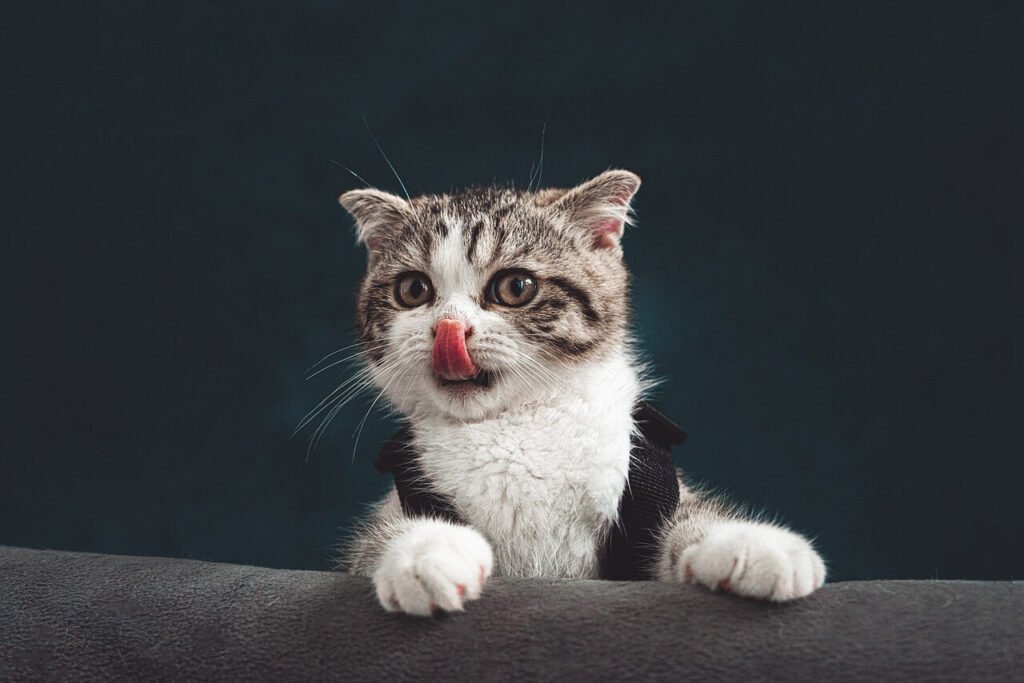
Common Causes of Sneezing in Cats | Signs Your Cat Needs Veterinary Attention |
|---|---|
Allergies | Persistent sneezing lasting more than a day |
Upper respiratory infections | Thick, discolored nasal discharge |
Foreign objects in nasal passages | Difficulty breathing or wheezing |
Dental problems | Swelling around the face or mouth |
Environmental irritants | Lethargy, fever, or refusal to eat |
How to Help Your Sneezing Cat at Home
If your cat’s sneezing seems mild and isn’t accompanied by serious symptoms, there are several steps you can take to provide relief at home. Here are some practical tips:
Keep the Environment Clean
Regularly dust and vacuum your home to reduce allergens like dust mites and pet dander.Use a Humidifier
Adding moisture to the air can soothe irritated nasal passages and ease sneezing.Avoid Strong Odors
Eliminate exposure to cigarette smoke, scented candles, or harsh cleaning products that could irritate your cat.Monitor Their Diet
Ensure your cat is eating well, as poor nutrition can weaken their immune system and make them more prone to infections.Check for Foreign Objects
Inspect your cat’s nose carefully (if safe) to see if anything is visibly lodged inside.
These measures can help alleviate minor sneezing episodes, but always seek professional advice if symptoms persist or worsen.
When to Take Your Cat to the Vet for Sneezing
While occasional sneezing is normal, certain situations require immediate veterinary attention. Knowing when to seek help ensures your cat receives timely care. Here are some scenarios where a vet visit is necessary:
Sneezing with Blood
The presence of blood in nasal discharge is a red flag that warrants urgent evaluation.Difficulty Breathing
Labored breathing or open-mouthed panting could indicate a severe respiratory issue.Persistent Sneezing
If your cat sneezes continuously for more than 24-48 hours, it’s time to consult a vet.Fever or Lethargy
A high temperature or extreme tiredness suggests a systemic infection or illness.Facial Swelling or Pain
Swelling around the nose, eyes, or mouth may indicate an abscess or dental problem.
Don’t hesitate to contact your veterinarian if you notice any of these warning signs. Early intervention can prevent complications and ensure your cat recovers quickly.
Tips for Preventing Sneezing in Cats
Preventing sneezing episodes can go a long way in keeping your cat comfortable and healthy. By taking proactive steps, you can reduce the likelihood of irritants or infections triggering sneezing fits. Here are some effective prevention strategies:
Maintain Good Hygiene
Regularly clean your cat’s bedding, toys, and food bowls to minimize exposure to allergens and bacteria.Limit Outdoor Exposure
Keeping your cat indoors reduces the risk of exposure to environmental irritants like pollen, dust, or infectious agents.Vaccinate Regularly
Stay up-to-date with vaccinations to protect your cat from viruses that cause respiratory infections.Provide a Balanced Diet
A nutrient-rich diet supports a strong immune system, helping your cat fight off infections more effectively.Use Air Purifiers
Air purifiers can remove allergens and irritants from your home, creating a cleaner environment for your cat.
By implementing these preventive measures, you can help your cat stay sneeze-free and enjoy a healthier lifestyle. Prevention is always better than dealing with symptoms later.
Fun Facts About Cat Respiratory Systems
Understanding your cat’s respiratory system can deepen your appreciation for their unique biology and help you recognize signs of trouble. Here are some fascinating facts about how cats breathe and why it matters:
Cats Are Obligate Nose Breathers
Unlike humans, cats primarily breathe through their noses, making nasal health crucial for their comfort.Their Sense of Smell Is 14 Times Stronger Than Ours
A cat’s keen sense of smell helps them explore their environment, but it also makes them more sensitive to irritants.Sneezing Clears Nasal Passages
Sneezing is a natural reflex that helps cats expel foreign particles or mucus from their nasal cavities.Cats Can Develop Asthma
Feline asthma is a condition that causes wheezing and difficulty breathing, often mistaken for allergies.Respiratory Health Affects Appetite
Cats rely on their sense of smell to stimulate appetite, so nasal congestion can lead to reduced food intake.
These fun facts highlight the importance of maintaining your cat’s respiratory health. A happy cat starts with clear airways and a healthy nose!
Signs That Your Cat Is Feeling Better After Sneezing
When your cat has been sneezing frequently, it’s important to monitor their recovery and look for signs that they’re returning to normal. These positive changes can reassure you that your efforts—or veterinary treatment—are working. Here’s what to watch for:
Reduced Sneezing Frequency
Your cat sneezes less often, indicating that the underlying issue is resolving.Improved Energy Levels
They become more active and playful, showing renewed interest in their surroundings.Clear Nasal Passages
No visible discharge or congestion suggests their nasal passages are clearing up.Normal Eating Habits
Your cat resumes eating with enthusiasm, indicating their sense of smell has returned.Bright Eyes and Happy Behavior
Shiny eyes and affectionate behavior signal that your cat feels better overall.
If you notice these signs, it’s a good indication that your cat is on the mend. Celebrate their recovery by giving them extra love and attention—they’ve earned it!
Frequently Asked Questions About Cat Sneezing
Is it normal for cats to sneeze occasionally?
Yes, occasional sneezing is normal and often caused by minor irritants like dust or hair.
Can stress cause my cat to sneeze more?
Stress itself doesn’t directly cause sneezing, but it can weaken the immune system, making cats more susceptible to infections.
How do I know if my cat has allergies?
Allergic reactions in cats often include sneezing, itching, watery eyes, and skin irritation.
Can vaccines cause sneezing in cats?
Intranasal vaccines may temporarily cause mild sneezing, but this typically resolves within a few days.
What should I do if my cat sneezes blood?
Sneezing blood is a serious sign that requires immediate veterinary attention.
Supporting Your Sneezing Cat: A Path to Better Health
Frequent sneezing in cats can stem from a variety of causes, from harmless irritants to more serious health concerns. By staying observant and proactive, you can identify potential triggers and provide the care your cat needs to feel better. Whether it’s addressing environmental factors, monitoring for additional symptoms, or seeking veterinary guidance, your efforts play a crucial role in your cat’s well-being. Remember, even small changes in behavior, like increased sneezing, deserve attention. With love, patience, and proper care, you can help your feline companion breathe easier and enjoy a happy, healthy life.
Is the Rubber Tree Cat Safe? Best 7 Expert Tips! Discover expert advice on keeping rubber plants safely in cat-friendly homes and learn top tips for pet-safe plant care.
Low Red Blood Cell Count in Cats: Best 7 Expert Tips! Discover causes, symptoms, and treatment options for feline anemia. Learn how to support your cat’s health effectively with expert advice.
Understanding Megacolon Treatment: Best 7 Expert Tips! Discover effective strategies to manage feline megacolon, from dietary changes to surgical options, ensuring your cat’s comfort and long-term health.
How to Register a Therapy Cat: Best 7 Expert Tips! Discover essential steps to certify your cat as a therapy animal, prepare them for training, and make a meaningful impact in therapeutic settings.

